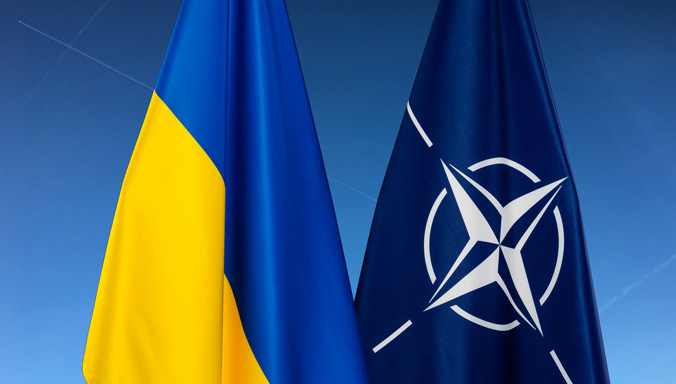

This best practice will also help Allies to prepare to receive and support NATO forces of larger scales.Īs Allied governments have realised the need to return to high-profile, large-scale military activities on their sovereign soil, exercises of the scale of Defender-Europe 20 should be viewed as normal for our citizens. The robust host nation support that reinforcing Allies are relying upon for this exercise, such as that provided by Belgium, Denmark, Germany and the Netherlands, is a model we can follow for the future. Practice will never make response options perfect but events such as these go a long way to proving that we can do what we need to do in a timely way. Defender-Europe 20’s mission to train the ability to move large number of troops and equipment across the Atlantic and across Europe is important to the Alliance because it tests essential procedures and skillsets while demonstrating unified purpose.Įxercising the largest deployment in decades of US and Allied forces, Defender-Europe 20 is demonstrating the durability of the trans-Atlantic bond, but also incentivising NATO Allies to regenerate institutional knowledge, supported by robust logistic capacity. Some 30 years after the last REFORGER, the new security environment is more unpredictable, and so our planning has had to become more flexible and immediately responsive. Cold War exercises, such as the REFORGER (Return of Forces to Germany) series, were designed to get a force into one country, with NATO being postured to defend a well-known location against a well-known adversary.


 0 kommentar(er)
0 kommentar(er)
